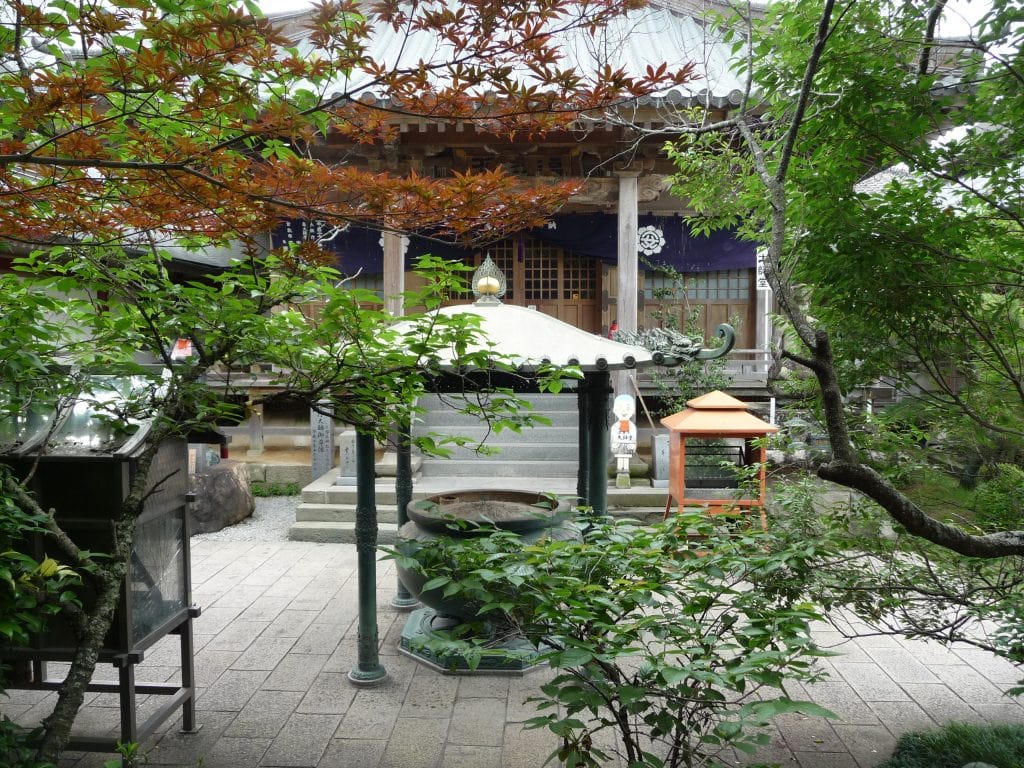Mountain Monks is a short film by Fritz Schumann about a group of Japanese monks called the Yamabushi who regularly walk barefoot through rivers, meditating under waterfalls and spending the nights on mountaintops. They walk into the forest to die and be born again.
Their teachings of Shugendō 修験道 were first established 1400 years ago and peaked in popularity during the 17th century, when Yamabushi visited around 90 percent of all villages in northern Japan. The monks were said to have magical powers and served as advisors to samurai and warlords.
In the late 19th century, when Japan opened itself to the west and moved from a feudal state towards industrialization, their religion was forbidden. Only the monks of Yamagata prefecture in northern Japan practiced the tradition in secret. Their isolation near the three holy mountains of Dewa helped them to save their customs.









